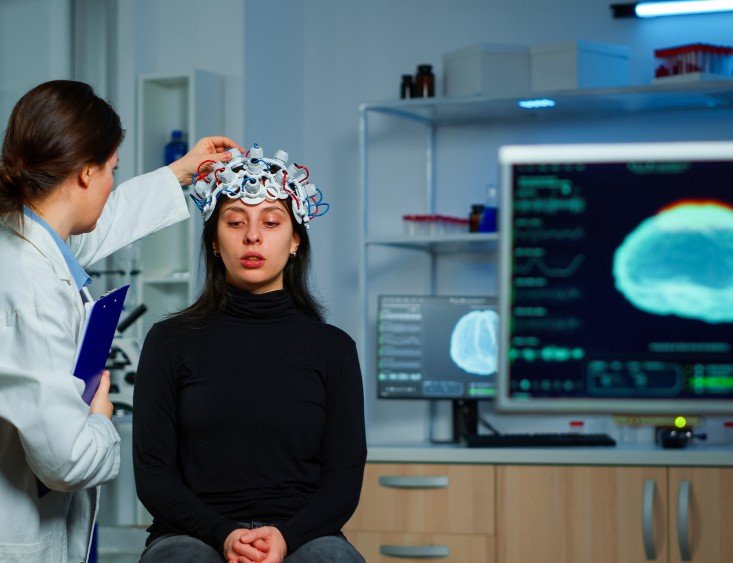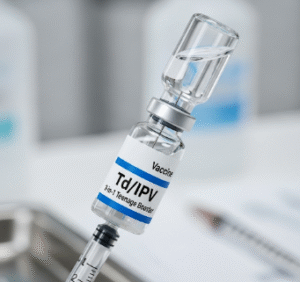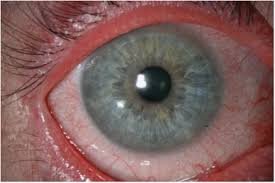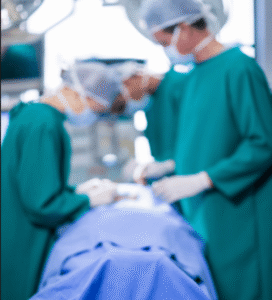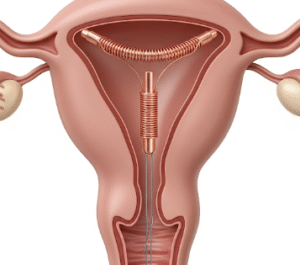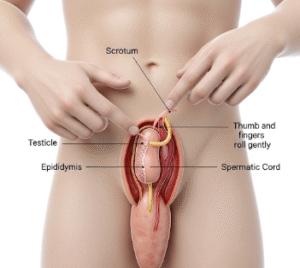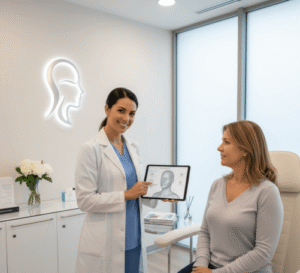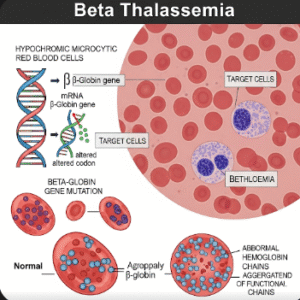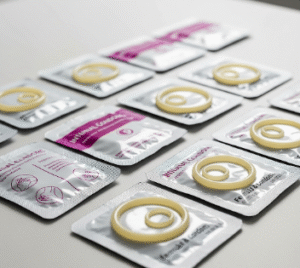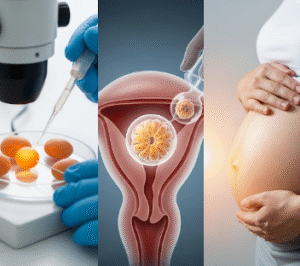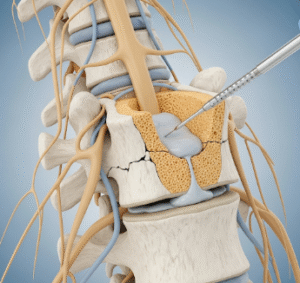Regenerative cell therapy is one of the most groundbreaking frontiers in modern medicine, and Korea is quickly becoming a global leader in this field. Scientists and clinicians across the country are using advanced cell engineering and genetic technologies to repair tissues, regenerate organs, and even fight cancer. Through innovative research and progressive government policies, Korea is paving the way for next-generation treatments that go beyond managing disease—to restoring health at the cellular level.
Gene-Engineered NK Cell Therapy for Cancer
A major breakthrough in Korea’s regenerative medicine field involves natural killer (NK) cells that have been genetically modified to target specific cancers. Korean researchers have launched high-level clinical trials using umbilical cord blood-derived NK cells engineered to recognize the HER2 protein, which is often overexpressed in breast and gastric cancers.
These modified immune cells act like guided missiles, locating and destroying tumor cells while minimizing damage to healthy tissues. This therapy combines the precision of immunotherapy with the regenerative benefits of living cell treatments, offering new hope to patients with advanced or drug-resistant cancers.
Stem Cell Therapy for Brain Tumor Recurrence
Korean scientists are also pioneering the use of mesenchymal stem cells (MSCs) to prevent brain tumor recurrence. In recent clinical research, patients undergoing surgery for glioblastoma receive specially engineered MSCs immediately after tumor removal. These cells are designed with a built-in “safety switch” gene that allows doctors to control their activity inside the body.
The goal is to use the stem cells’ natural homing ability to seek out and destroy remaining cancer cells, potentially lowering relapse rates and improving long-term survival.
Regenerative Treatments for Heart and Vascular Disease
Korea’s researchers are exploring cell-based therapies for repairing damaged blood vessels and heart tissue, especially in children who have undergone complex heart surgeries. Allogeneic MSCs—derived from healthy donors—are being used to restore vascular health and prevent premature aging of repaired vessels.
Meanwhile, ongoing studies in cardiac regeneration aim to use stem cell infusions to restore heart muscle function after severe heart attacks or chronic heart failure. These treatments could one day replace or reduce the need for heart transplants.
Stem Cell Innovations for Neurodegenerative Diseases
Korean biotech firms are actively developing stem cell therapies for Parkinson’s disease, spinal cord injuries, and arthritis. In one project, adipose (fat)-derived stem cells are administered through both intravenous and spinal routes to restore dopamine-producing neurons in patients with Parkinson’s disease. Early results indicate improved motor control and reduced symptoms.
Because these cells are taken from the patient’s own tissue or from safe allogeneic sources, the risk of immune rejection is minimized, and the regenerative potential is maximized.
Supportive Laws and Regulatory Framework
Korea’s Advanced Regenerative Medicine Act has accelerated the pace of clinical trials and treatment approvals. Under this law, certified hospitals and clinics can conduct regulated regenerative procedures while ensuring strict quality and safety oversight.
This forward-thinking approach allows patients with serious illnesses—such as cancer, neurodegenerative disorders, and autoimmune diseases—to access promising therapies under controlled conditions. It also attracts international collaborations, positioning Korea as a hub for regenerative medicine innovation.
Why Korea’s Discoveries Are Important
➤ Moving from repair to regeneration: Korean research focuses on restoring full organ function rather than just slowing disease progression.
➤ Merging gene and cell therapy: Combining genetic engineering with regenerative medicine allows more powerful and targeted treatments.
➤ Expanding patient access: Reforms and insurance coverage are helping more patients receive advanced therapies in leading hospitals.
➤ Scientific infrastructure: Research centers in Seoul, Daejeon, and Osong are equipped with world-class labs, GMP facilities, and cell banks to support scaling and safety testing.
➤ Collaboration and investment: Partnerships among biotech firms, universities, and public institutions ensure that discoveries move quickly from laboratory to clinical use.
Challenges and Future Outlook
While Korea’s progress is remarkable, regenerative therapy still faces challenges such as:
- Long-term safety monitoring to detect any potential side effects.
- Maintaining consistency and purity in cell manufacturing.
- Ensuring affordability for patients as costs remain high.
- Establishing stronger ethical and regulatory standards as therapies evolve.
Looking ahead, Korean researchers are focusing on combining AI, biomaterials, and 3D bioprinting with regenerative medicine. Future applications could include printing functional organs, repairing spinal cord injuries, or reversing degenerative diseases entirely.
The Promise of Regeneration
Korea’s breakthroughs in regenerative cell therapy represent a turning point in healthcare. By merging cellular science, biotechnology, and clinical expertise, Korean scientists are transforming once-incurable conditions into treatable—and potentially reversible—diseases.

